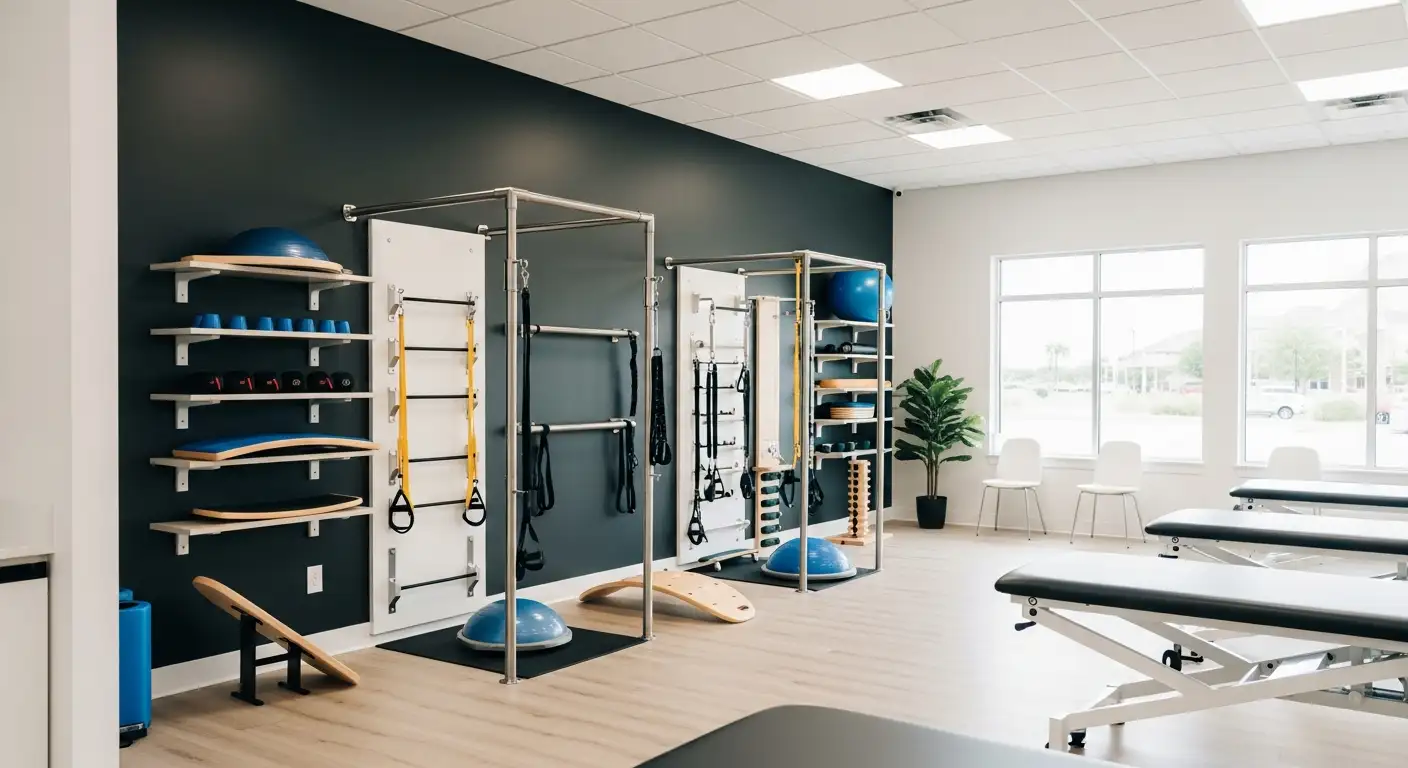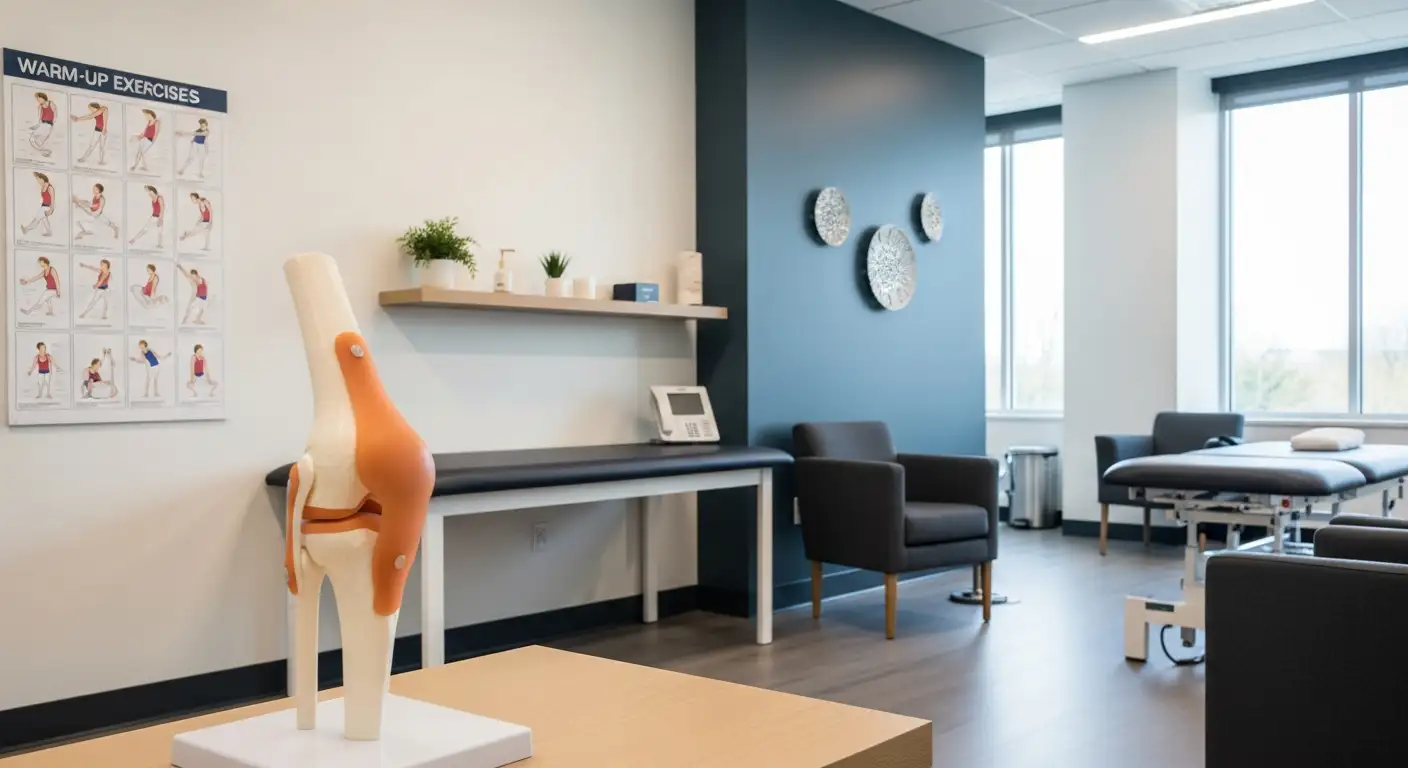Understanding Arthroscopic Knee Surgery
Arthroscopic knee surgery is a prevalent form of treatment in the medical field, particularly within the realm of orthopedic procedures. By leveraging technology and advanced surgical techniques, it provides a minimally invasive solution to a range of knee conditions.
Definition and Purpose
Arthroscopic knee surgery is a surgical procedure that employs a tiny camera, known as an arthroscope, to visualize the internal structures of the knee joint. This camera is inserted into the knee joint through a small incision, allowing surgeons to guide miniature surgical instruments to the affected area for diagnosis and repair. This technique is minimally invasive, making it a popular choice among both physicians and patients.

The primary purpose of arthroscopic knee surgery is to diagnose and treat a wide range of knee conditions, especially those causing chronic knee pain. It offers a less invasive alternative to traditional open surgery, reducing the risk of complications and speeding up the recovery process.
Common Knee Conditions Treated
Arthroscopic knee surgery is utilized to address a variety of knee conditions, most commonly those that cause pain and discomfort despite non-surgical treatments such as rest, medication, and physical therapy. Conditions treated through this procedure include meniscus tears, ACL injuries, patellar (kneecap) misalignment, and damage to the cartilage and ligaments around the knee joint [1].
It's worth noting that while arthroscopic knee surgery is a powerful tool in treating various knee conditions, it may not be an effective treatment for all knee problems, such as osteoarthritis. Therefore, a thorough evaluation must be done to determine the most suitable treatment for each individual case.
The Procedure of Arthroscopic Surgery
Diving deeper into the arthroscopic knee surgery procedure, it involves two main stages: the pre-surgery preparations and the steps of the procedure. These stages are crucial in ensuring the success of the surgery.
Pre-Surgery Preparations
Preparing for arthroscopic knee surgery entails a series of steps to ensure the patient is ready for the procedure. First, a thorough medical evaluation is conducted to assess the patient's health status and determine the suitability of the surgery. The patient's medical history, allergies, and any medications currently taken are considered.
The type of anesthesia used during the surgery, whether spinal, epidural, or general, depends on the procedure specifics and the patient's preference. This detail is discussed during the pre-surgery preparation phase.
On the day of the surgery, the patient is typically advised to fast for several hours before the procedure. This is a standard requirement for procedures involving anesthesia.
Steps of the Procedure
The arthroscopic knee surgery procedure is a minimally invasive technique that allows physicians to visualize and treat various knee conditions. A tiny camera called an arthroscope is inserted into the knee joint through a small incision. This camera displays images on a screen, allowing the surgeon to guide miniature surgical instruments to the affected area for repair.
Various specialized instruments are used during the procedure, including those for shaving, cutting, grasping, and meniscal repair. In certain cases, devices can be used to anchor stitches into the bone.
The procedure usually lasts less than an hour, depending on the findings and necessary treatments. Once the procedure is complete, the surgeon may close each incision with stitches or steri-strips. In some cases, braces may be used post-operatively to protect the knee if a repair or reconstruction was performed during the surgery [1].
Understanding the arthroscopic knee surgery procedure is crucial for patients to make informed decisions about their health. With its minimally invasive approach and quick recovery times, this procedure offers a promising solution for various knee conditions.
Post-Surgery Recovery and Rehabilitation
Following the arthroscopic knee surgery procedure, the recovery and rehabilitation phase plays a crucial role in helping patients regain optimal knee function and return to their normal activities. This section delves into the immediate post-surgery experience, as well as the rehabilitation and physical therapy often recommended to enhance recovery.
Immediate Post-Surgery Experience
After knee arthroscopy, patients are usually able to go home within 1 or 2 hours, underscoring the minimally invasive nature of this procedure. Post-surgery, patients typically feel tired for several days and may experience swelling in the knee alongside a change in skin color near the incisions. Both conditions are normal and will typically subside after a few days. Elevating the leg above the heart level can help reduce swelling and pain [3].
For pain management, medications like opioids, NSAIDs, and local anesthetics may be prescribed. However, due to the risk of addiction, it's important to use opioids only as directed by a doctor.
Rehabilitation and Physical Therapy
Physical therapy (PT) is often recommended following knee arthroscopy to aid in the rehabilitation process. The PT program aims to help individuals regain strength, flexibility, and mobility in their knees, with physical therapists guiding patients through specific exercises to achieve these goals and avoid subsequent injuries.
The recovery period from knee arthroscopy is typically faster than traditional open knee surgery, with most patients resuming normal activities within 4 to 6 weeks. However, the recovery time may be longer if damaged tissues were repaired during the surgery. During this period, patients may need to limit activities until knee strength and mobility return to normal levels.
Returning to a desk job or routine daily activities can happen within a few days, but individuals performing physical labor might need a few weeks to months before resuming work. The diligent following of the PT program as recommended by healthcare providers is vital to facilitate recovery and a return to normal activities.
In conclusion, the post-surgery recovery and rehabilitation phase is a critical part of the arthroscopic knee surgery procedure, with a focus on managing initial post-surgery symptoms and adopting a comprehensive PT program to regain knee function.
Potential Risks and Complications
As with all surgical procedures, arthroscopic knee surgery carries potential risks and complications. While these are relatively rare and often minor, it's essential to be aware of them before undergoing the procedure.
Common Complications
Complications from arthroscopic knee surgery may include infection, blood clots, or injury to structures within the knee. Other risks include excessive swelling, bleeding, and stiffness in the joint post-operation.
Despite these potential complications, it's important to note that arthroscopic knee surgery is generally considered safe and effective for most patients.
Addressing Potential Risks
To address potential risks and complications, the healthcare team will take several preventative measures. These may include providing antibiotics to prevent infection, using techniques to minimize tissue damage, and recommending exercises to reduce joint stiffness.
Patients have a crucial role in minimizing risks as well. This includes following all pre- and post-operative instructions, such as performing prescribed physical therapy exercises and promptly reporting any signs of potential complications.
It's important to have a thorough discussion with the surgeon about the potential risks and complications of the arthroscopic knee surgery procedure, as well as their own health history, to make an informed decision about the procedure.
Benefits of Arthroscopic Knee Surgery
Arthroscopic knee surgery is a common procedure that offers several benefits over traditional open knee surgery. It's crucial to understand these benefits as well as the success rate and effectiveness of this surgical procedure for a well-informed decision-making process.
Advantages Over Traditional Surgery
Arthroscopic knee surgery is a minimally invasive procedure performed using an arthroscope, a small camera, to visualize and treat various knee conditions. The arthroscope is inserted into the knee joint through a small incision, allowing the surgeon to guide miniature surgical instruments to the affected area for repair [1].
This approach has several advantages over traditional open knee surgery:
- Less invasive: The incisions made during knee arthroscopy are about the size of a keyhole, making it a minimally invasive procedure that typically requires smaller incisions compared to traditional surgery [5].
- Faster recovery: Recovery from knee arthroscopy is typically faster compared to traditional open knee surgery, with most patients able to return to light activities within a week or two.
- Less scarring: Due to the smaller incisions, arthroscopic knee surgery results in minimal scarring.
- Reduced pain: Most patients experience less post-operative pain after an arthroscopic procedure compared to traditional open surgery.
- Lower risk of infection: The smaller incisions also reduce the risk of infection compared to traditional open surgery.
Success Rate and Effectiveness
Arthroscopic knee surgery has been proven to be very successful in treating a wide range of knee problems, including meniscal tears, ACL injuries, and various other conditions causing chronic knee pain.
While the success rate can depend on the specific condition being treated, overall, arthroscopic knee surgery is generally considered safe and effective for most patients. However, as with any surgical procedure, there are risks, such as infection, blood clots, bleeding, and damage to blood vessels or nerves.
According to a study published by NCBI, the absolute risk of one or more complications after knee arthroscopy was 1.1%, while the risk in the reference group was 0.16%. The odds ratio of any complication after knee arthroscopy versus the reference cohort was 9.4, with an absolute risk difference of 1.4%.
Despite these potential risks, the numerous benefits of arthroscopic knee surgery procedure, including its minimally invasive nature and quicker recovery time, make it a highly successful and effective treatment option for various knee conditions.
When is Arthroscopic Knee Surgery Recommended?
Recognizing when arthroscopic knee surgery is the appropriate course of action is critical. This decision hinges on several factors, including the patient's health status, the severity of the knee condition, and the effectiveness of other non-surgical treatments.
Suitability and Considerations
Primarily, knee arthroscopy is recommended for individuals with knee pain that has persisted despite non-surgical treatments such as rest, ice, medication, and physical therapy. In many cases, this procedure is used to diagnose and address problems with cartilage, bones, and soft tissues within the knee joint.
Arthroscopic knee surgery is particularly beneficial for evaluating and treating injuries that primarily affect ligaments and cartilage in the knee joint, common among athletes, including adolescents participating in sports like volleyball and contact sports [5].
However, it's important to note that arthroscopic knee surgery may not be an effective treatment for osteoarthritis. Therefore, it's crucial to have a thorough discussion with your healthcare provider to understand the potential benefits and risks of the procedure, considering your specific health status and needs.
Alternatives to Arthroscopic Surgery
While arthroscopic knee surgery can be an effective treatment for many knee conditions, it's not the only option available. Depending on the nature and severity of the knee problem, other non-surgical or surgical treatments may be more appropriate.
Non-surgical treatments typically serve as the first line of defense against knee pain and include measures like rest, ice, heat, physical therapy, and nonsteroidal anti-inflammatory drugs (NSAIDs). These treatments aim to alleviate symptoms, improve mobility, and enhance the overall function of the knee.
Suppose non-surgical treatments are ineffective, or the knee condition is severe or progressive. In that case, other types of surgery may be considered, such as total or partial knee replacement, osteotomy (surgical cutting and realignment of the knee bone), or ligament reconstruction. The choice of surgery will depend on various factors, including the patient's age, overall health, activity level, and the specific knee problem.
In conclusion, the decision to undergo arthroscopic knee surgery should be made in consultation with a healthcare provider. A thorough evaluation of the knee condition, the expected outcomes, potential risks, and the patient's personal circumstances and preferences will help determine the best treatment approach.
References
[1]: https://orthoinfo.aaos.org/en/treatment/knee-arthroscopy/
[2]: https://www.mountsinai.org/health-library/surgery/knee-arthroscopy
[3]: https://myhealth.alberta.ca/Health/aftercareinformation/pages/conditions.aspx?hwid=zc2421
[4]: https://my.clevelandclinic.org/health/treatments/17153-knee-arthroscopy/
[5]: https://my.clevelandclinic.org/health/treatments/17153-knee-arthroscopy





